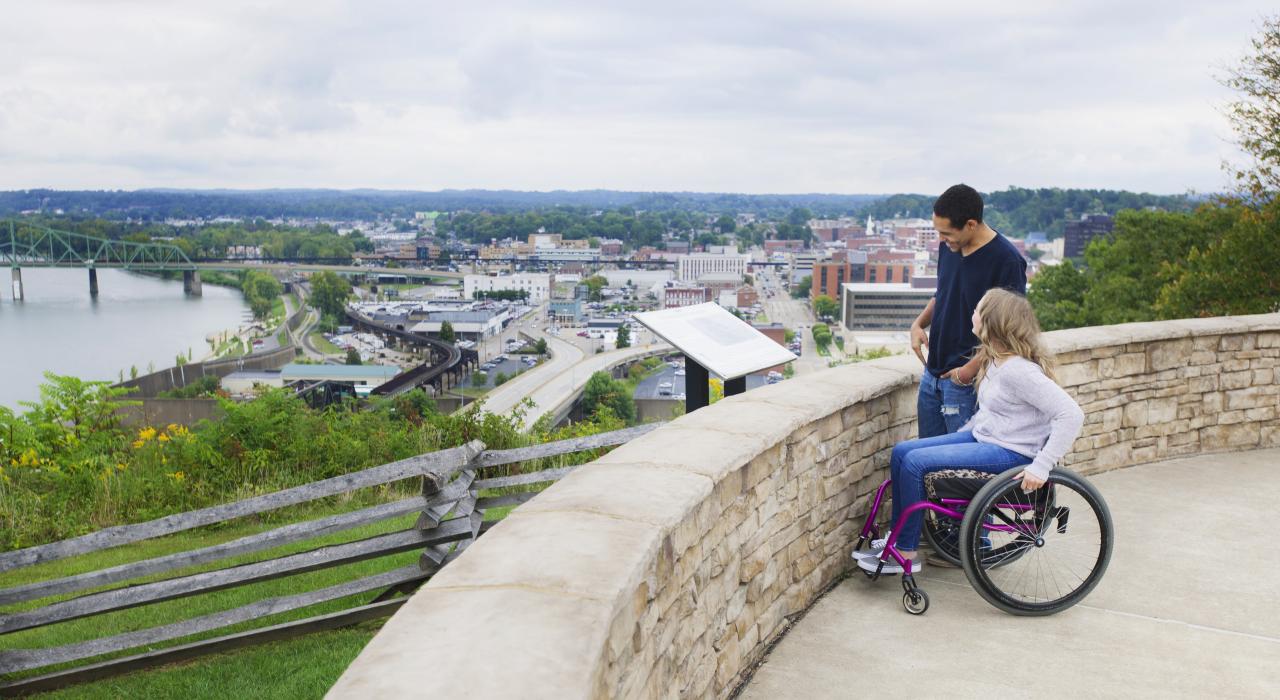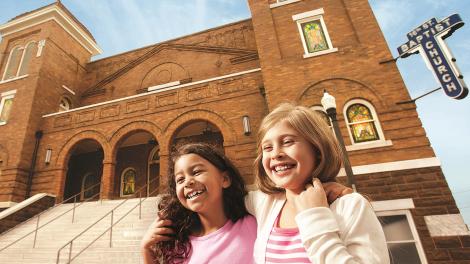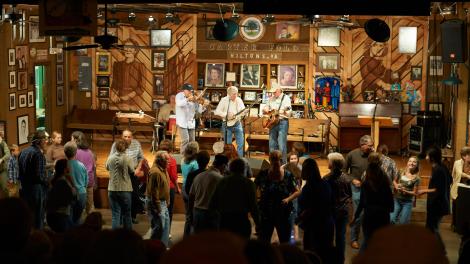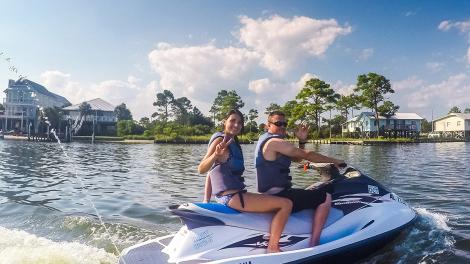
Making the USA Accessible to All
Accessible travel in the USA
The USA welcomes visitors of all abilities, ensures appropriate access to attractions and facilities throughout the country, and allows memorable experiences for everyone. Public areas are accessible to anyone, regardless of physical or mental impairments. Restaurants, movie theaters and recreation facilities all fall under The Americans with Disabilities Act (ADA), which provides guidance for making these places accessible to all. Public transportation including city buses and public rail transit are also accessible. The USA strives to make all travelers feel accepted and comfortable when visiting this remarkable country and will continue to push an atmosphere of inclusivity in all factors that lead to enjoyable travel.
Public Transportation
A wonderful way to get around and see the USA’s sights is via public transportation, an affordable and sustainable option for visitors to explore a city or to head to a different destination. The USA understands how important public transport can be for vacationers, and everyone is able to use it.
On your travels, you’ll find that service animals are allowed, stations and stops have wheelchair access, and transit vehicles have ramps and lifts to accommodate travelers with limited mobility. This includes not only city buses, but public rail transit systems such as Amtrak, commuter rails and subways. Ferry boats and other forms of water transportation also include assistance for travelers of all abilities.
Before you travel, check with local authorities to confirm which forms of public transportation are available to meet your needs. For more information and guidance, review the Federal Transit Administration’s most up-to-date guides.
Parking
The USA is a large country with countless places to explore. To see as much as possible, many visitors rent a car during their time here. Across the country, there are accessible parking areas for people of all abilities in most public facilities. These spaces include government buildings, public spaces, restaurants, retail stores, banks and parking garages. If you need accessible parking during your trip, it’s best to confirm the facilities you plan to frequent have accessible parking spaces available.
For more details, check out the ADA’s Accessible Parking Fact Sheet.
Air Travel
Airlines will assist all passengers with disability requests on not only flights within the USA but international flights as well. Accessibility at airports includes wheelchair assistance and transportation to and from the aircraft, as well as guidance at the baggage terminals. Flyers traveling with service animals will be accommodated based on the specific airline.
Passengers needing wheelchair assistance are not required to give advance notice; however, some airlines may require notification to ensure certain accommodations are met, like if an electrical power supply is needed for medical equipment, to provide proper packaging and removal of hazardous materials, or if the passenger requires medical oxygen while onboard the aircraft. For more information’ read the U.S. Department of Transportation’s ABCs of Accessible Travel.
Travelers using crutches, canes, walkers, prosthetics, hearing aids, portable oxygen concentrators or other assistive and medical devices can bring them on board as long as the machine or tool can fit in one of the airplane’s designated stowing areas. Check out the U.S. Department of Transportation’s Air Travel with Assistive Device Booklet for more information.
Seating accommodations can be made to best suit any situation, and most airlines provide advanced seat assignments for travelers within the ability community. Special seating assignments may include a movable aisle armrest, bulkhead seating, spacious legroom or an adjoining seat. Travelers in need of special seating accommodations should contact the airline in advance to confirm specifics. Learn more with the U.S. Department of Transportation’s guide to Accessible Seating Accommodations in Air Travel.
Hotels
After a long day of creating memories, every visitor wants to feel at home while relaxing in their home away from home. Hotels in the USA follow accessible design requirements to ensure that everyone is provided with the space they need. Hotel accommodations include bathtubs with grab bars and seating, communication equipment for the hearing and sight-impaired, accessible pathways, wider entrances, wheelchair ramps and accessible elevators. Travelers should contact hotels before booking to confirm accessibility details and request a room that fits their needs.
For vacationers planning to stay at a rental property, reach out to the property to confirm what accommodations are available. The age of the property and its size determines what amenities it may have.
The ADA provides more information for understanding ADA design requirements for hotels.











